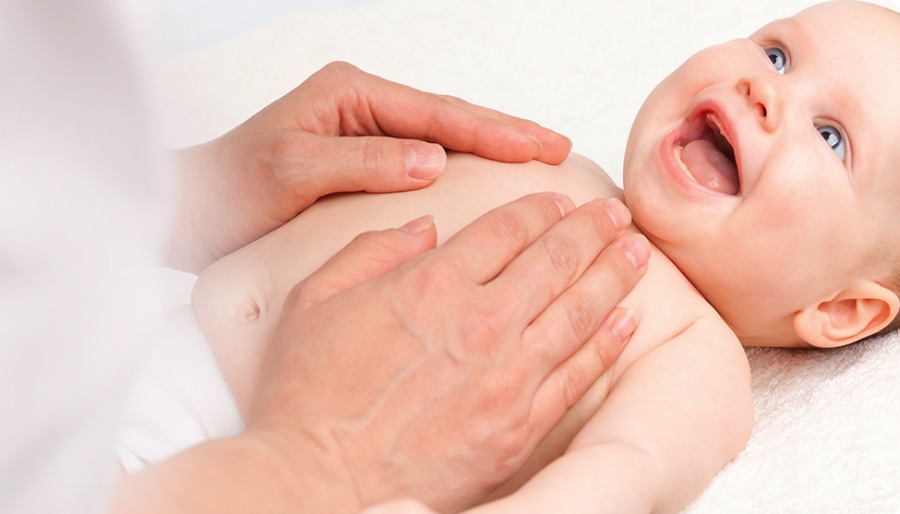Antibiotic-associated diarrhea
Occurring in up to one third of all patients treated with antibiotics, antibiotic-associated diarrhea (AAD) is common and challenging and is observed in both outpatient clinics and hospital settings.21 It is diarrhea that occurs in relation to antibiotic treatment, with the exclusion of any other etiologies.22 Almost any oral and intravenous antibiotic treatment can cause AAD. However, the risk of AAD is higher when aminopenicillins are used (with or without the addition of clavulanate, cephalosporins, or clindamycin) and, in general, the risk is higher with any antibiotic that is active against anaerobes.23
Since AAD does not necessarily occur immediately, and may instead occur a few weeks or months after treatment, caution is needed in order to differentiate AAD from an episode of infectious gastroenteritis.22 AAD typically presents as mild diarrhea, but it can also present as fulminant pseudomembranous colitis.24 Usually, no specific pathogen is identified, however, in the most severe case of AAD, or when in association with chronic conditions such as cancer and inflammatory bowel disease, the cause is frequently Clostridium difficile.24
By destroying not only the pathological but also the beneficial microbes and the competitive exclusion mechanism (one method by which microbiota eliminate pathological microbes), AAD may be caused by a disruption to the gut microbiota and an overgrowth of pathogens.21, 22, 25 Some probiotic strains have been associated with reducing the occurrence of AAD. Specifically, supplementation with the LGG® strain has been associated with a reduction in the occurrence of antibiotic-associated diarrhea in children.3, 4
Results from clinical studies3, 4 suggest that to optimize the potential effect of the LGG® strain, supplementation at 10-20 billion CFU/day of the LGG® strain26 should be initiated on the same day as starting antibiotic treatment, resumed for a week longer than the antibiotic treatment, and the probiotic product consumed a few hours after taking the antibiotics.






